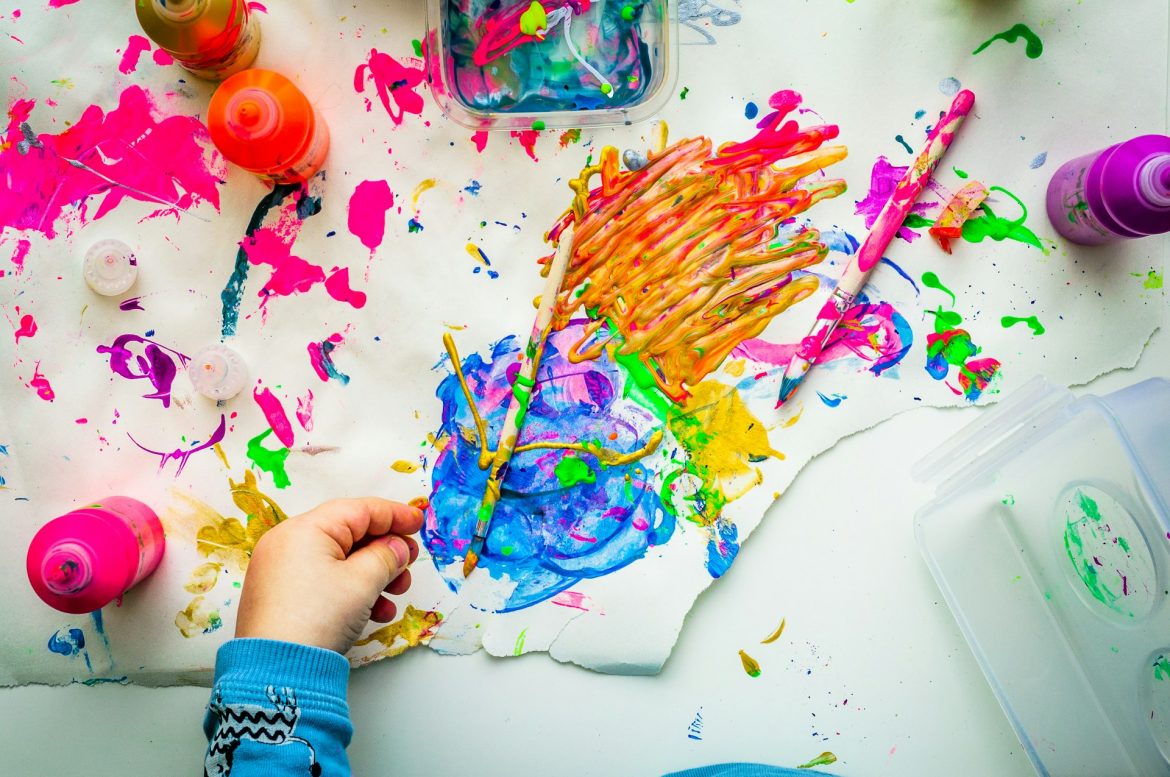Education is not just about learning facts and figures. It’s about nurturing minds to think big and dream bigger. In this journey, creativity and the arts play a pivotal role. Let’s dive into why they are so crucial in our learning environments.
Unleashing Imagination
Creativity is the gateway to imagination. Subjects like painting, music, and drama encourage students to express themselves in ways words cannot. By engaging in artistic activities, children learn to see the world from different perspectives. This broadening of their horizons is crucial for developing empathy and understanding diversity.
Enhancing Academic Performance
The benefits of integrating arts into education go beyond just developing creative skills. Studies have shown that students who regularly participate in arts education tend to perform better academically. This is because the arts improve cognitive abilities, enhance memory, and foster critical thinking skills. For instance, learning to play a musical instrument like those offered by Yamaha can significantly improve mathematical abilities and language skills.
Boosting Confidence and Communication
Arts education is a powerful tool for boosting self-esteem and communication skills. When students create something unique and receive positive feedback, it builds their confidence. Moreover, arts provide a universal language for expressing ideas and emotions, helping students with diverse backgrounds connect and communicate more effectively.
Fostering Innovation
In today’s rapidly changing world, innovation is key to solving complex problems. By encouraging creativity through arts education, we are preparing students to think outside the box. Companies like Adobe, with their creative software, are testament to how creativity can lead to groundbreaking technological advancements.
Promoting Cultural Awareness and Empathy
Arts education is not just about creating; it’s also about appreciating. Through studying different art forms from around the world, students gain insights into various cultures and histories. This promotes cultural awareness and empathy, essential qualities in our increasingly globalized world.
Conclusion
The role of creativity and arts in education cannot be overstated. They are not mere extracurricular activities but are integral to developing well-rounded individuals. By fostering imagination, enhancing academic performance, boosting confidence, encouraging innovation, and promoting cultural awareness, the arts play a crucial role in preparing students for the challenges of the future. As we move forward, let’s ensure that arts education remains a core part of our learning systems, nurturing the next generation of thinkers, leaders, and innovators.

